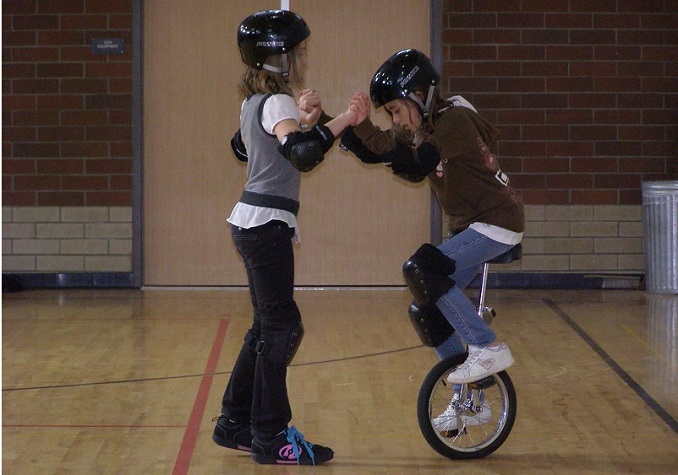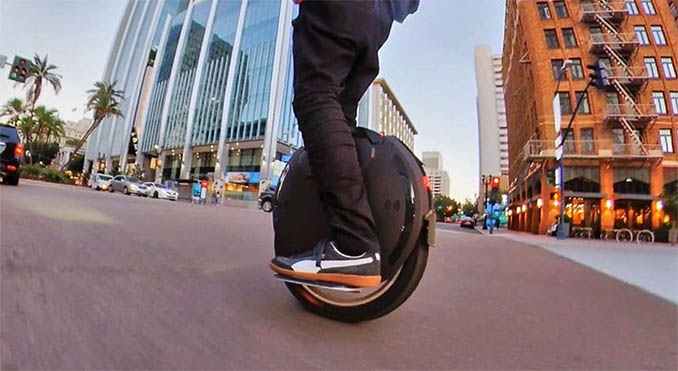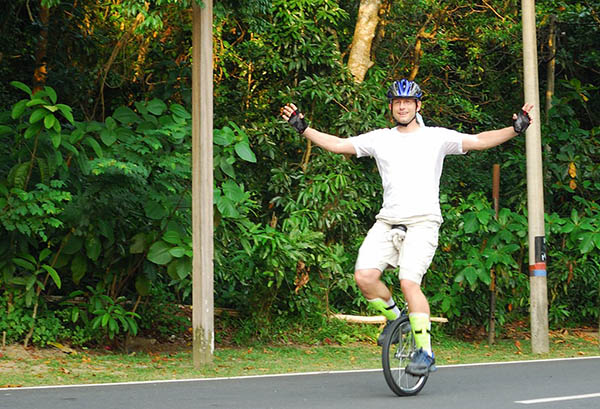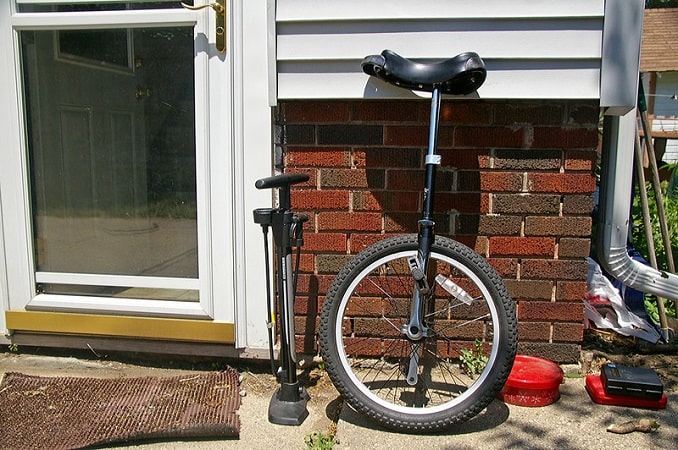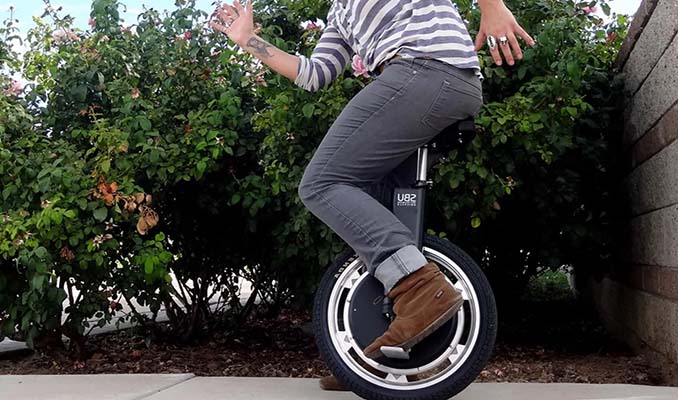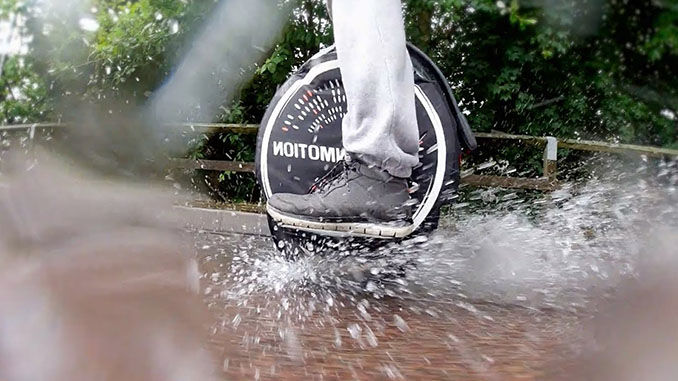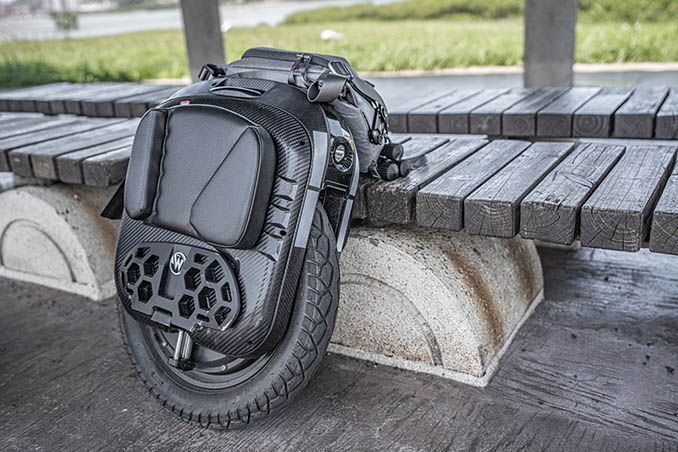Unicycles are a unique and challenging mode of transportation. Unlike bicycles, unicycles have only one wheel, which means that maintaining balance and control is essential.
However, riding a unicycle can be an uncomfortable and jarring experience, especially when riding over rough terrain. This is where suspension comes in. In this article, I will explore the role of suspension in unicycles, its importance, and the benefits of having suspension in your unicycle.
Introduction to Unicycles
Unicycles have been around for over 150 years and were originally invented as a form of entertainment. However, over time they have grown in popularity and are now used for a variety of purposes such as performing tricks, commuting, and even off-road riding.
Riding a unicycle requires a lot of balance, coordination, and practice. Due to the lack of handlebars, the rider must use their arms and torso to maintain balance and control.
What is Suspension?
Suspension is a system that absorbs shock and vibration from the road or terrain, providing a smoother and more comfortable ride. In bicycles, suspension systems typically consist of a suspension fork in the front and a rear shock absorber. These systems are designed to compress and rebound in response to bumps and uneven surfaces, providing a smooth ride and better control.
Do Unicycles Have Suspension?
As mentioned, unicycles do not have a traditional suspension system. However, there are alternative methods for shock absorption in unicycles.
One such method is using a tire with a wider profile and lower air pressure. This provides a larger contact patch and allows the tire to deform and absorb shocks from the terrain. Another method is using a seat with a suspension system, which can absorb shocks transmitted through the rider’s body.
Related:

Suspension in Unicycles
The Importance of Suspension in Cycling
Suspension is an essential component of cycling, especially for off-road riding. Without suspension, the rider would feel every bump, rock, and root, resulting in a jarring and uncomfortable ride. Additionally, the lack of suspension can cause fatigue, resulting in decreased performance and an increased risk of injury.
The Role of Suspension in Unicycles
Unlike bicycles, unicycles do not have a suspension system. This is because the design of a unicycle makes it difficult to incorporate a traditional suspension system. However, there are alternative methods for shock absorption in unicycles, which I will explore in the next section.
Alternative Methods for Shock Absorption in Unicycles
In addition to using a wider tire or a suspension seat, there are other alternative methods for shock absorption in unicycles. One such method is using a flexible frame.
A flexible frame allows the unicycle to bend and flex in response to bumps and uneven terrain, providing shock absorption and a smoother ride. Another method is using a gyroscopic stabilization system, which uses a spinning wheel to stabilize the unicycle and absorb shocks.
The Benefits of Suspension in Unicycles
Having suspension in a unicycle provides several benefits.
- Firstly, it provides a smoother and more comfortable ride, reducing fatigue and improving performance.
- Secondly, it provides better control and stability, especially when riding over rough terrain.
- Lastly, it reduces the risk of injury by absorbing shocks and vibrations that can cause pain and discomfort.
Suspension Options for Unicycles
While traditional suspension systems may not be suitable for unicycles, there are several options available for those who want to incorporate suspension into their unicycle.
As mentioned, wider tires and suspension seats are popular options. Additionally, there are suspension hubs available, which incorporate a small amount of suspension into the wheel hub. Lastly, there are suspension unicycles available, which feature a flexible frame and other suspension components.

Suspension Options for Unicycles
Maintenance and Care for Unicycle Suspension
Like any other component of a unicycle, suspension systems require maintenance and care. Regular cleaning and lubrication of the suspension components are essential for their proper functioning. Additionally, it is important to check for any damage or wear and tear, which can affect the performance of the suspension system.
Frequently Asked Questions
Why don’t unicycles have suspension?
Unicycles are designed to be lightweight and maneuverable, and adding suspension would add weight and complexity to the design. Additionally, the nature of unicycling requires a high degree of balance and control, which is best achieved without suspension.
Are there any types of unicycles that do have suspension?
Yes, there are a few specialized types of unicycles that have some form of suspension, such as the off-road or mountain unicycle (MUni) and the trials unicycle. These types of unicycles are designed for more extreme riding conditions and require additional support for absorbing impacts.
How does suspension work on a unicycle?
The suspension on a unicycle typically consists of a spring or shock absorber system that is attached to the frame or seat post. This system can help absorb impacts when landing jumps or riding over rough terrain, and can provide a more comfortable ride for the rider.
Is suspension necessary for unicycling?
No, the suspension is not necessary for unicycling. In fact, many experienced unicyclists prefer to ride without suspension, as it allows for more precise control and a better feel for the terrain. However, for those who are interested in more extreme forms of unicycling or riding over rough terrain, suspension can be a useful addition.
Conclusion: Importance of Suspension in Unicycles for a Smooth and Comfortable Ride
In conclusion, while traditional suspension systems may not be suitable for unicycles, having suspension in a unicycle provides several benefits. Alternative methods for shock absorption in unicycles, such as wider tires and suspension seats, can provide a smoother and more comfortable ride, reduce fatigue, and improve performance.
Additionally, suspension options such as suspension hubs and suspension unicycles are available for those who want to incorporate suspension into their unicycle. Proper maintenance and care of these components are essential for their proper functioning and longevity.









